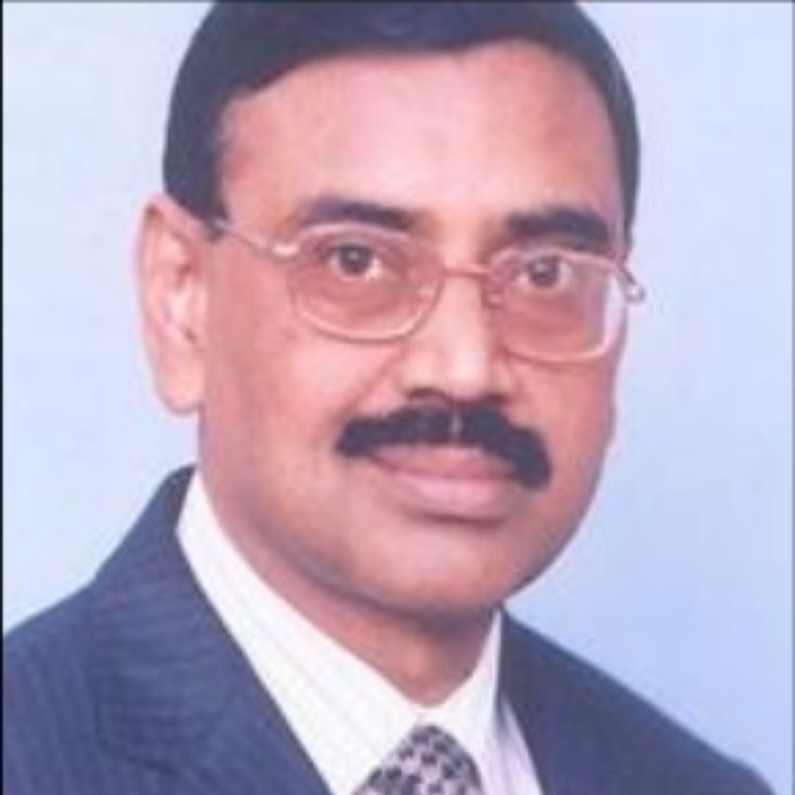International Journal of Wireless and Microwave Technologies (IJWMT)
IJWMT Vol. 10, No. 2, 8 Apr. 2020
Cover page and Table of Contents: PDF (size: 539KB)
Design of Microwave Pyramidal Absorber for Semi Anechoic Chamber in 1 GHz~20 GHz range
Full Text (PDF, 539KB), PP.22-29
Views: 0 Downloads: 0
Author(s)
Index Terms
Microwave Absorbers, Electromagnetic (EM) waves, Dielectric permittivity, Polyurethane and Radar Cross Section (RCS).
Abstract
In this paper, the design and development of wideband microwave pyramidal absorbers for semi anechoic chambers has been presented. This work is carried out with the goal of simulating and fabricating the microwave absorber using conventional and newest material such as polyurethane to save the budget cost with security and reliability. The simulation of absorber is performed via Computer Simulation Technology (CST) for the microwave frequencies 1 GHz to 20 GHz. The outcomes of simulation proved good absorbing efficiency and better RCS reduction compared to traditional microwave absorber. The reflection level is less than -30 to -10 dB over the desired frequency range of 1 GHz ~ 20 GHz.
Cite This Paper
Zahid Ali, Badar Muneer, Bhawani Shankar Chowdhry, Shehroz Jehangir, Ghulam Hyder, " Design of Microwave Pyramidal Absorber for Semi Anechoic Chamber in 1 GHz~20 GHz range ", International Journal of Wireless and Microwave Technologies(IJWMT), Vol.10, No.2, pp. 22-29, 2020. DOI: 10.5815/ijwmt.2020.02.03
Reference
[1]M. Pospisilik, M. Adamek, P. Neumann, and S. Kovar, “Observation of semi anechoic room influence on high frequency antenna measurements,” J. Phys. Conf. Ser., vol. 1065, no. 5, pp. 0–4, 2018.
[2]H. Mustapha, K. H. Ismail, T. J. Daim, and S. F. Jamil, “A Review of Shielding Performance for Anechoic Chamber,” Appl. Mech. Mater., vol. 793, pp. 600–604, 2015.
[3]Z. Xiong, “Insights into EMC Chamber Design : How to achieve an optimized chamber for accurate EMC Measurements EMC Compliance Testing,” 2017.
[4]TDK, “Radio Wave Absorbers For anechoic chambers,” TDK datasheet, no. September, 2013.
[5]F. Malek, H. Nornikman, and O. Nadiah, “Pyramidal Microwave Absorber Design from Waste Material using Rice Husk and Rubber Tire Dust,” J. Telecommun. Electron. Comput. Eng., vol. 4, no. 1, pp. 23–30, 2012.
[6]S. I. Orakwue and I. P. Onu, “Pyramidal Microwave Absorber Design for Anechoic Chamber in the Microwave Frequency Range of 1GHz to 10GHz,” Eur. J. Eng. Res. Sci., vol. 4, no. 10, pp. 1–3, 2019.
[7]V. S. Reddy and P. Kralicek, “Modeling of semi-anechoic chamber for use in automotive EMC simulations,” IEEE MTT-S Int. Microw. RF Conf. 2015, IMaRC 2015, pp. 77–80, 2016.
[8]H. Nornikman, P. Soh, and A. Azremi, “Performance of Different Polygonal Microwave Absorber Designs Using Novel Material,” Int. Symp. Antennas Propag., no. Isap, pp. 1151–1154, 2009.
[9]“Top 10 Anechoic Absorber Considerations for RF and Microwave Applications.”
[10]Arthur von Hippel, “Theory and Applications of RF/Microwave Absorbers,” Emerson Cuming Microw. Prod. Inc 28, pp. 1–19, 2012.
[11]N. Hassan et al., “Measurement of pyramidal microwave absorbers using RCS methods,” 2010 Int. Conf. Intell. Adv. Syst. ICIAS 2010, pp. 6–10, 2010.
[12]T. Maamria and H. Kimouche, “Investigation of monostatic RCS measurement for simple and complex shapes at 9.4 GHz,” 2015 4th Int. Conf. Electr. Eng. ICEE 2015, no. December, 2016.




